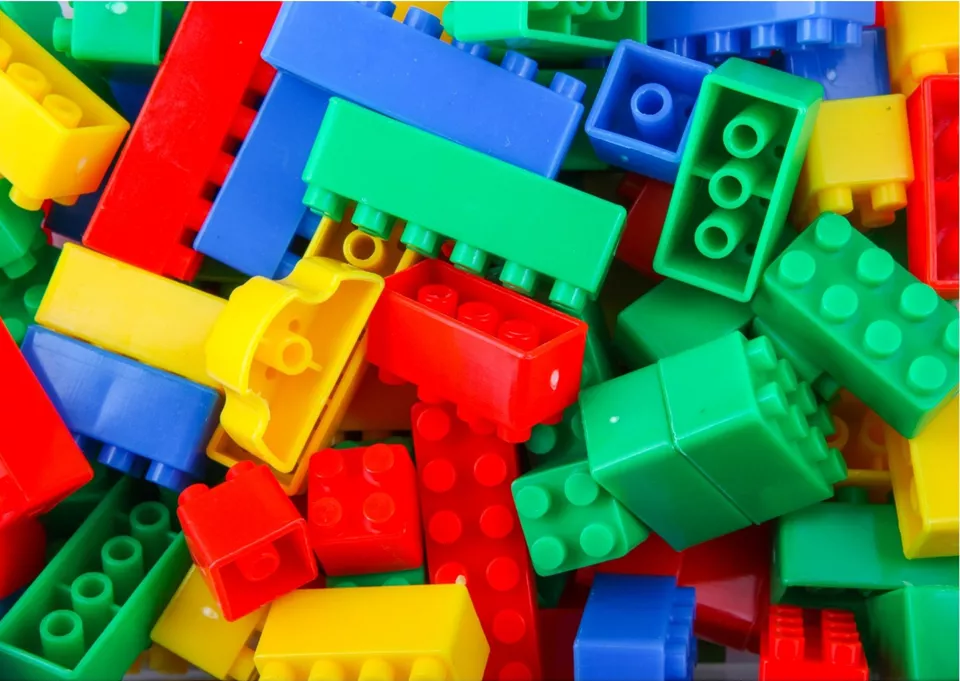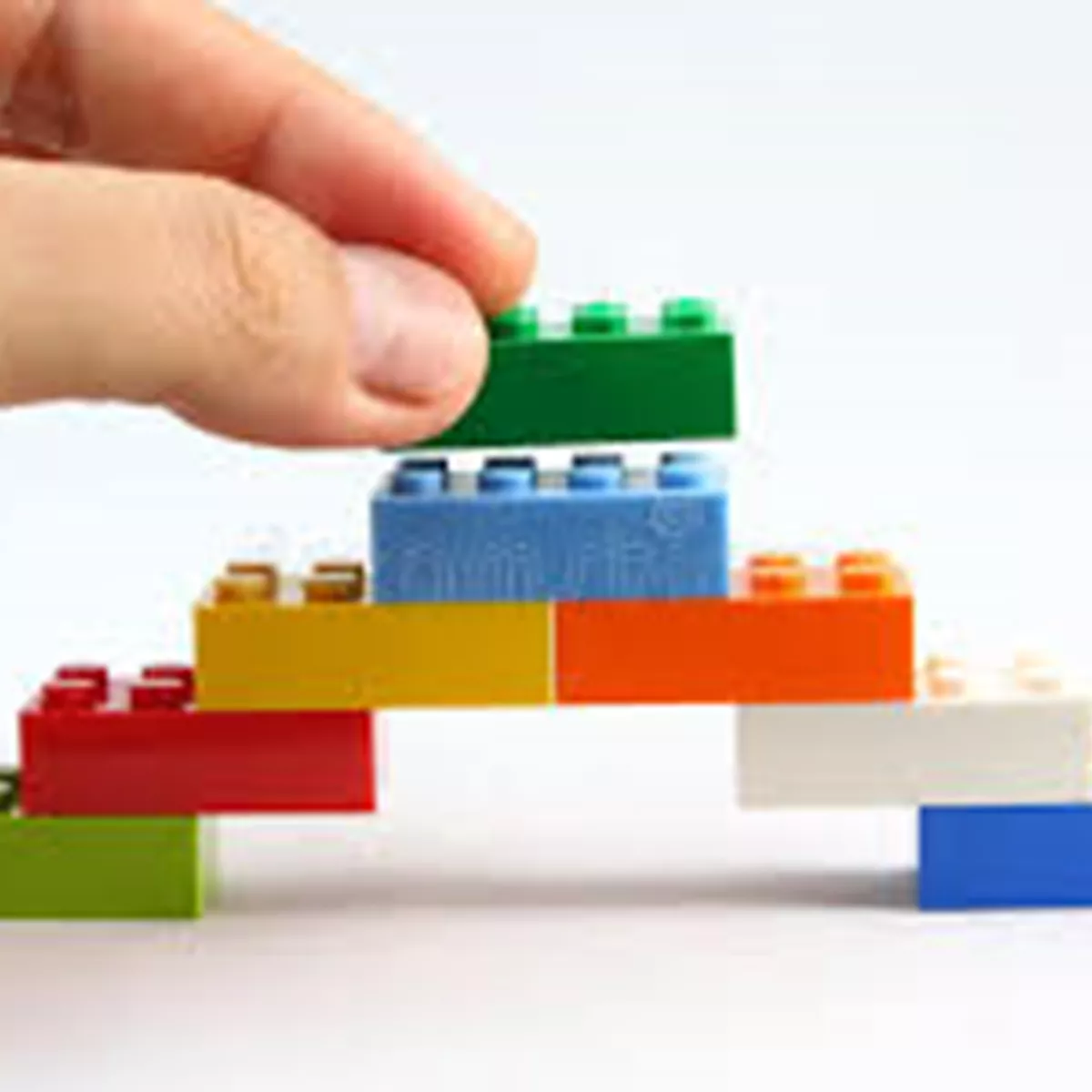Play and playfulness at work
"Rather than taking a narrow view of play and relegating it to children and leisure time, imagine the benefits it would bring if we can somehow bring the mindset we see in children when they play to our places of work at times when it could serve us well."

Stephanie Wheeler is a personal development and leadership coach and Lego® Serious® Play® (LSP) facilitator and has published research articles on playfulness in coaching and LSP.
What’s the first image that comes to mind when you hear the words ‘play’ and ‘playfulness’? Often, it’s noisy, rambunctious children. Though of course there are examples of serious play too, take the tender care administered to an ill teddy bear. What are the behavioural themes which we can extract from watching children immersed in play? Creativity, learning, collaboration, communication, living in the moment, imagination overcoming all manner of obstacles and often, though not necessarily laughter and joy are just a few. Rather than taking a narrow view of play and relegating it to children and leisure time, imagine the benefits it would bring if we can somehow bring the mindset we see in children when they play to our places of work at times when it could serve us well.

"Like the needle finding grooves in a record, we all fall into behavioural patterns particularly during times of stress. My particular groove during my time as a lawyer when dealing with deadlines and other stressful situations was to go into super-focused, efficient mode, losing all sense of play or playfulness. I recognise now that I was in fight or flight mode, though at the time, I was behaving how I thought I should in my striving to be an excellent lawyer: focused, efficient, driven."
While of course these behaviours have their time and place, they come at a cost too. Being in fight or flight mode not only colours our perception of the world but restricts the areas of the brain we can access, focussing and narrowing our thinking. Collaboration and creative thinking are obstructed and with this comes a raft of missed opportunities, fresh ideas and solutions. I thought it was who I was, not realising that it was habitual behaviour and based on a whole collection of beliefs and assumptions which I had amassed and tucked into my subconscious over time. Fast forward many years and I have spent the last few researching and writing on how we might maintain a sense of playfulness in our thinking around challenging topics and what might it allow us to do that more traditional approaches don’t.
What do I mean by playful thinking?
Once you start teasing out the strands to understand the concept better, it becomes increasingly nebulous, like trying to clasp clouds. Research into adult playfulness is at a relatively early stage with, as yet, no universal agreement as to its definition or how we measure or distinguish it from other constructs such as humour. Nevertheless, it’s possible to get a feel for what playful thinking might look like and most of us have experienced play. I agree with authors such as Manfred Kets de Vries who see it in essence a way of freeing our thinking of constricting effects of plans, rules, routines and the expectations of others; instead, it is linked to spontaneity, experimentation and exploring new ideas and activities. Being able to access thinking in this way can be very useful in all manner of work contexts and could make the difference between acceptable and great outcomes.
Not all playfulness and play involve laughter and joy, but let’s not discount their benefits in the context of work. One of the pioneering positive psychology researchers, Barbara Fredrickson, developed the broaden and build theory. The theory, which is supported by research, holds that positive emotions allow us to discard our automatic responses, broaden our awareness and look for creative, flexible, and unpredictable new ways of thinking and acting. This helps us to build social resources such as social support and connections, enhancing collaboration, team cohesion and psychological safety. Amy Edmondson who coined the phrase ‘psychological safety’ defines it as ‘a shared belief held by members of a team that the team is safe for interpersonal risk-taking’ and Google’s Aristotle project identified it as the most important ingredient of high performing teams.
There is also a significant body of research into the effects of happiness in the context of work. When we are happy, we work harder, faster and more intelligently, with increases in engagement, effectiveness and productivity. Knowing this is particularly relevant now at a time of significantly increased stress and unhappiness due to COVID19. There are evidenced-based steps which we can take to increase our positive emotions, including fostering play and playfulness.
Even when we are engaged in playful thinking about issues which don’t elicit positive emotions, there are benefits which carry over into our work. Rather than being in the fight/flight (or the freeze) state, in order to access playfulness, we need to be in the safe, social engagement state. Creating this environment either for individuals or teams and facilitating playful thinking allows us to be more open to new ideas, emotions, people and consider possibilities for the future.
There are many ways to create such an environment, including for example Lego® Serious Play®. In this, Lego® is used to facilitate collaboration rather than compromise. Ideas are built upon by the group where everyone contributes in a non-hierarchical and psychologically safe way. I’ve just recently co-authored a research paper on a process called Real Time Strategy (which supports strategic thinking in an uncertain world) using Lego® Serious Play® and all participants had a better understanding of each other and their teams’ challenges, reported greater collaboration and cohesion and crucially, the effect on group norms lasted beyond the experience itself.

Apart from bringing in outside facilitation and coaching to support more playful thinking, what can organisations and leaders do? Fundamental to supporting playful thinking is permission (is it seen as acceptable in the culture of the organisation or team?), freedom to take part or stop at any time (which means that listening skills and awareness of self and others are very important), authenticity and an intention of curiosity and care. Think the opposite of David Brent from The Office! Rather than something to impose, no matter how well-meaning, on others, it’s an invitation freely accepted and declined to try out a new way of thinking about challenges and situations.
Depending on your starting point, I’d suggest speaking with team members or colleagues to see where there may be opportunities to start to experiment, where boundaries or barriers might be, working together to see whether there is space for more playful, creative thinking. To get started, a simple and effective way is to use props, even as simple as pens and paper to doodle or draw to make the subjective objective. A team could for example, use drawings (abstract squiggles are fine, no pressure to be Michelangelo!) to create some distance between them and the challenge at hand to see the bigger picture, using the pictures to represent metaphors, making space for listening to everyone’s perspective and playing with possible interpretations and solutions.
In one to one coaching, for example, I’ve used sweets from a jar on the table to quickly and playfully uncover past and present relationship dynamics which were holding a client back at work. We were taking the topic seriously but holding it lightly and experimenting by making him an observer to the complex relationships which were simply represented by the sweets. It was very effective and helped to him quickly see underlying patterns with self-compassion and a sense of how he might break patterns and approach things differently.
It is important to acknowledge that there are barriers and risks to play and playfulness at work and to bear this in mind when considering how to introduce them into work settings. With that in mind, there is much to be said for challenging yourself and your team to reconnect with playfulness. It turns out it’s a fascinating area with much to offer not just well-being but team collaboration, communication, psychological safety and engagement. It can help create opportunities for new ideas, fresh thinking and new possibilities through improved co-creation capabilities and synergy all of which are worth striving for in their own right and also affect productivity and the bottom line. Still think play and playfulness is just for children?
We're here to listen...without judgement



